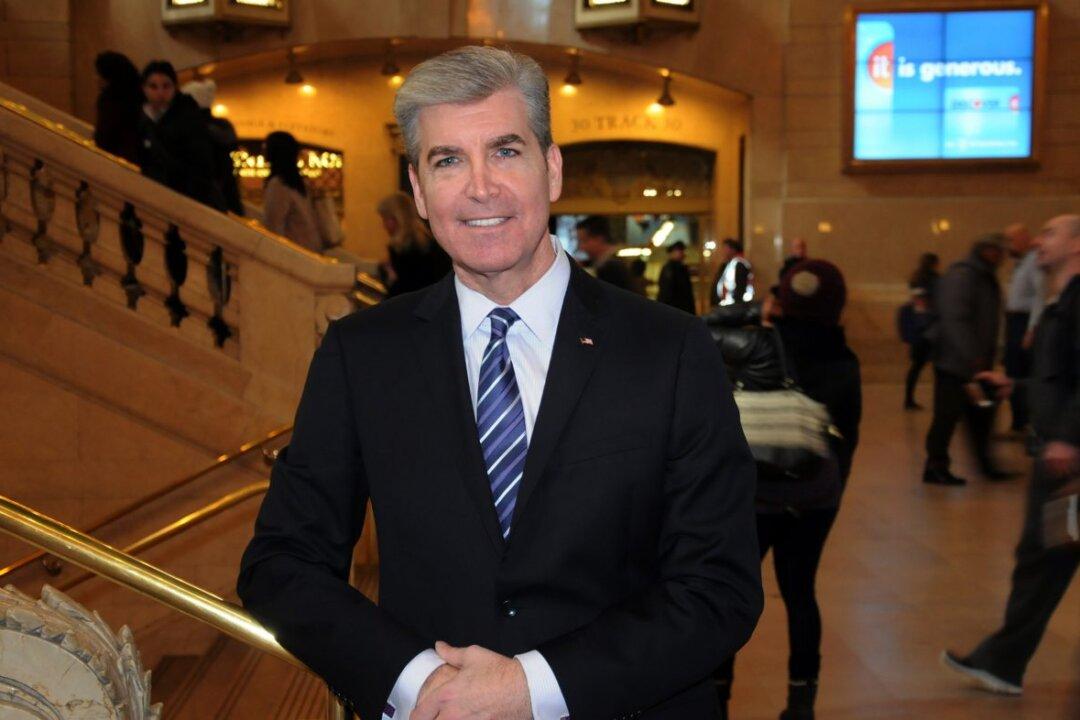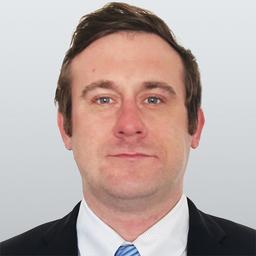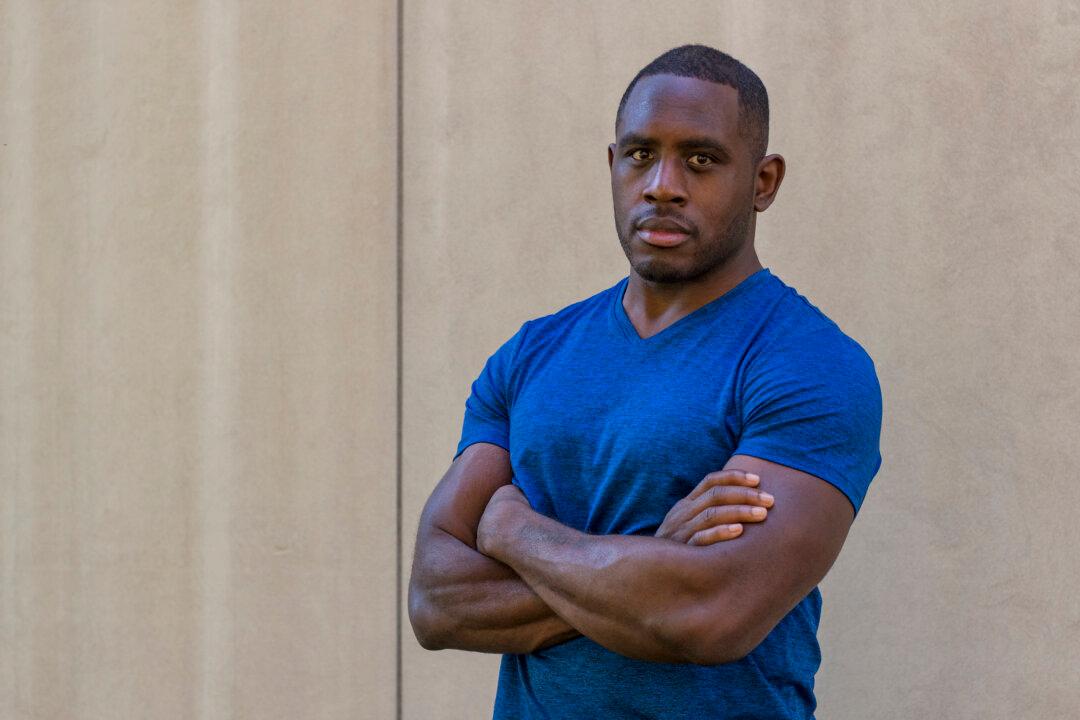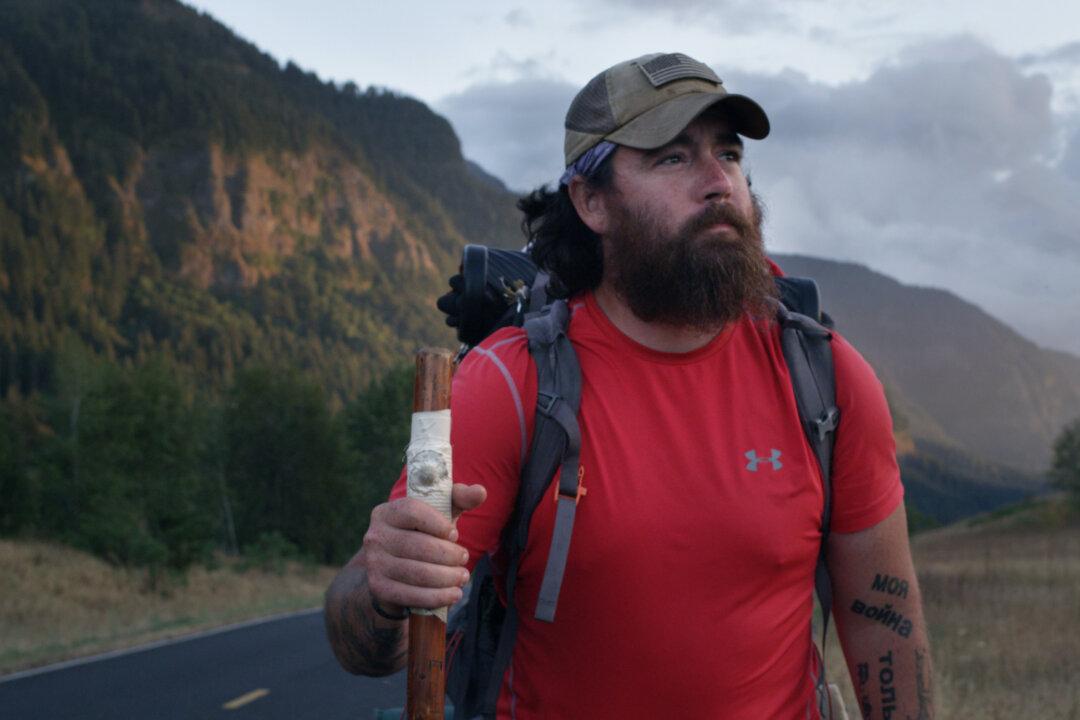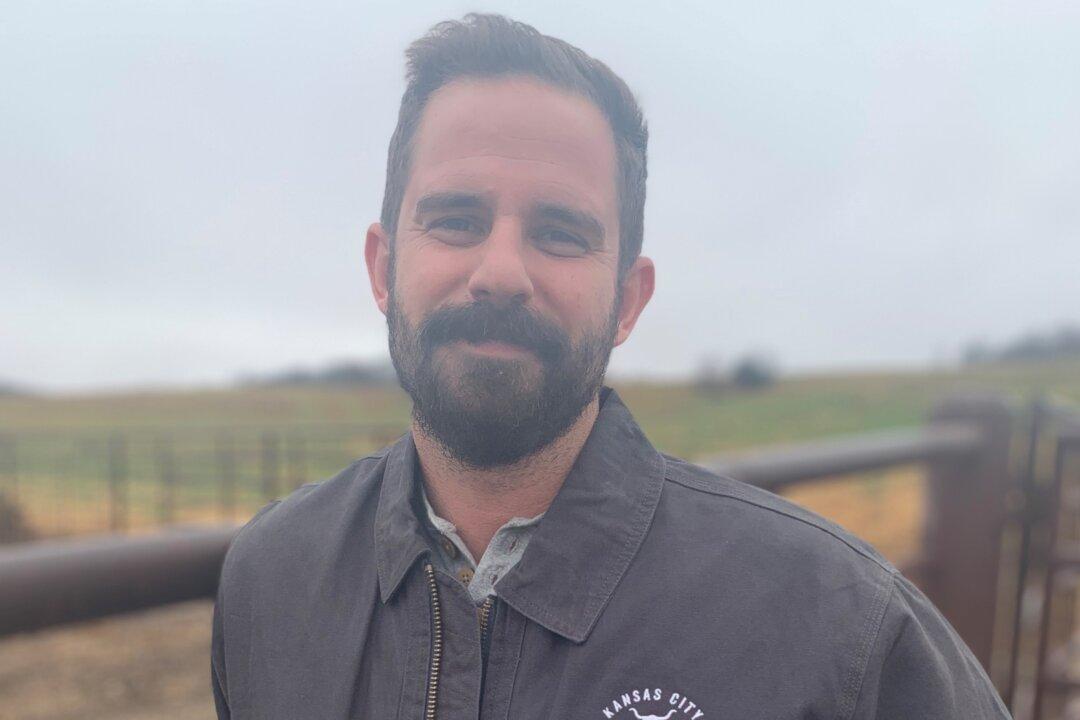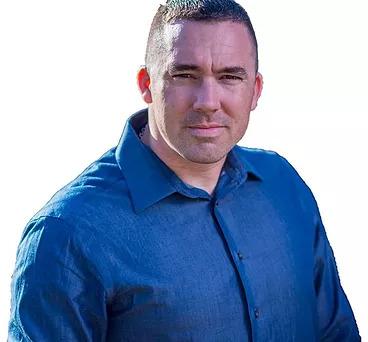NEW YORK—New York is the United States’ largest city—and one of the largest in the entire world. Home to some of the most iconic landmarks, it’s steeped in history, but is never standing still, constantly growing and evolving with the ever-changing population and technological advancements.
Native New Yorker Fred Cerullo has seen a lot of change in the city during his lifetime, and for a large part of it, he’s been at the forefront of that change.

